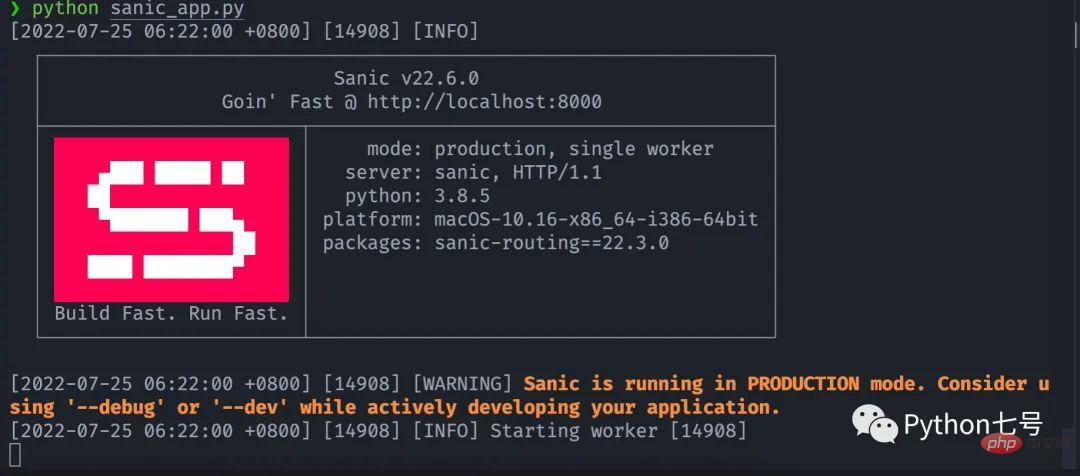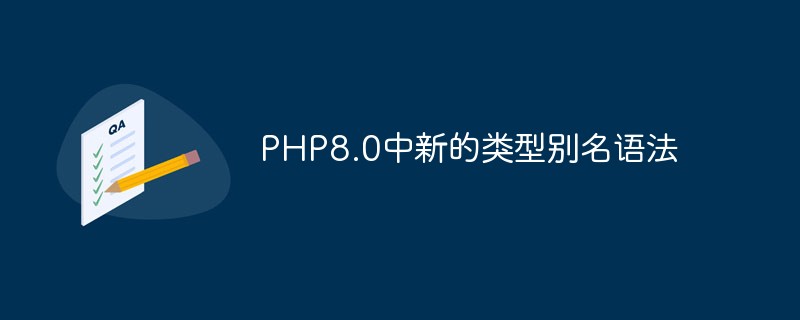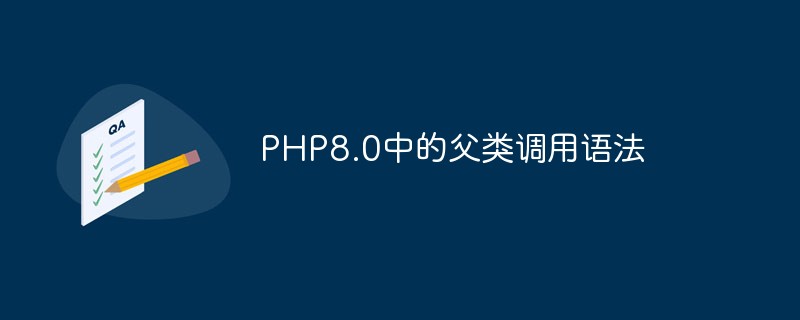The syntax rules of XML are simple and strict, making it very easy to learn and use.
Because of this, it is relatively easy to write software that reads and manipulates XML.
An example of an XML document
XML documents use self-describing and simple syntax.
<?xml version="1.0" encoding="ISO-8859-1"?> <note> <to>Lin</to> <from>Ordm</from> <heading>Reminder</heading> <body>Don't forget me this weekend!</body> </note>
Line 1 of the document: XML declaration - defines the version of the XML standard that this document conforms to, in this case version 1.0 of the standard, using ISO-8859 -1 (Latin-1/West European) character set.
The 2nd line of the document is the root element (just like saying "this document is a note"):
The 3rd--6th line of the document Describes the four child nodes of the root element (to, from, heading, and body):
<to>Lin</to> <from>Ordm</from> <heading>Reminder</heading> <body>Don't forget me this weekend!</body>
The last line of the document is the end of the root element:
Can you tell from this document that this is the note Ordm left for Lin? Can we not admit that XML is a beautiful self-describing language?
All XML documents must have a closing tag
In XML documents, it is illegal to ignore the closing tag.
In HTML documents, some elements may not have closing tags. The following code is completely legal in HTML:
<p>This is a paragraph <p>This is another paragraph
However, there must be a closing tag in the XML document, like the following example:
<p>This is a paragraph</p> <p>This is another paragraph</p>
Note: You may have noticed that the first line in the above example does not have an end tag. This is not a mistake. Because the XML declaration is not part of the XML document, it is not an XML element, and there should be no closing tag.
XML tags are case-sensitive
This is different from HTML, XML tags are case-sensitive.
In XML, the tag
Therefore, the capitalization of the opening tag and the closing tag in the XML document must be consistent.
<Message>This is incorrect</message> //错误的 <message>This is correct</message> //正确的
All XML elements must be reasonably included
Incorrect nested inclusions are not allowed in XML.
In HTML, some incorrect inclusions are allowed. For example, the following code can be parsed by the browser:
<b><i>This text is bold and italic</b></i>
All elements in XML must have correct nested inclusions, the above code It should be written like this:
<b><i>This text is bold and italic</i></b>
All XML documents must have a root element
The first element in the XML document is the root element.
All XML documents must contain a single tag to define, and all other elements must be nested in pairs within the root element. XML documents have and can only have one root element.
All elements can have child elements, and the child elements must be correctly nested in the parent element. The following code can illustrate it vividly:
<root> <child> <subchild>.....</subchild> </child> </root>
Attribute values must use quotation marks ""
In XML, the attribute value of an element without quotation marks is illegal.
Like HTML, XML elements can also have attributes. Attributes of XML elements appear in name/value pairs. The XML syntax specification requires that XML element attribute values must be quoted. Look at the two examples below, the first is wrong and the second is right.
<to>Lin</to> <from>Ordm</from> <heading>Reminder</heading> <body>Don't forget me this weekend!</body>
<?xml version="1.0" encoding="ISO-8859-1"?> <note date="12/11/99"> <to>Tove</to> <from>Jani</from> <heading>Reminder</heading> <body>Don't forget me this weekend!</body> </note>
The error in the first document is that the attribute value is not quoted.
The correct way of writing is: date="12/11/99". The incorrect way of writing: date=12/11/99.
Using XML, whitespace will be preserved
In XML documents , the whitespace will not be automatically removed by the parser.
This is different from HTML. In HTML, a sentence like this:
"Hello my name is Ordm" will be displayed as: "Hello my name is Ordm",
because the HTML parser will automatically remove the blank parts of the sentence.
Using XML, CR / LF are converted to LF
Using XML, new lines are always marked as LF (Line Feed, line feed).
Do you know what a typewriter is? Haha, a typewriter is a specialized typing machine used in the last century. ^&^
When you finish typing a line of words on a typewriter, you usually have to move the typehead to the left end of the paper.
In Windows applications, new lines in text are usually identified as CR LF (carriage return, line feed, carriage return, line feed). In Unix applications, new lines are usually identified as LF. There are also applications that only use CR to represent a new line.
Comments in XML
The syntax of comments in XML is basically the same as that in HTML.
There is nothing special about XML
There is really nothing special about XML. It's just plain text held together by angle brackets.
Software that edits ordinary text can also edit XML documents.
However, in an application that supports XML, XML tags often correspond to special operations. Some tags may be visible, while some tags may not be displayed without any special operations.
The above is the XML guide - XML syntax content. For more related content, please pay attention to the PHP Chinese website (www.php.cn)!
 如何快速把你的 Python 代码变为 APIApr 14, 2023 pm 06:28 PM
如何快速把你的 Python 代码变为 APIApr 14, 2023 pm 06:28 PM提到API开发,你可能会想到DjangoRESTFramework,Flask,FastAPI,没错,它们完全可以用来编写API,不过,今天分享的这个框架可以让你更快把现有的函数转化为API,它就是Sanic。Sanic简介Sanic[1],是Python3.7+Web服务器和Web框架,旨在提高性能。它允许使用Python3.5中添加的async/await语法,这可以有效避免阻塞从而达到提升响应速度的目的。Sanic致力于提供一种简单且快速,集创建和启动于一体的方法
 PHP8.0中新的类型别名语法May 14, 2023 pm 02:21 PM
PHP8.0中新的类型别名语法May 14, 2023 pm 02:21 PM随着PHP8.0的发布,新增了一种类型别名语法,使得使用自定义的类型变得更加容易。在本文中,我们将深入了解这种新的语法,以及它对开发人员的影响。什么是类型别名?在PHP中,类型别名本质上是一个变量,它引用另一个类型的名称。这个变量可以像其他类型一样使用,并在代码中的任何地方声明。这种语法的主要作用是为常用的类型定义自定义别名,使得代码更加易于阅读和理解。
 lambda 表达式的语法和结构有什么特点?Apr 25, 2024 pm 01:12 PM
lambda 表达式的语法和结构有什么特点?Apr 25, 2024 pm 01:12 PMLambda表达式是无名称的匿名函数,其语法为:(parameter_list)->expression。它们具有匿名性、多样性、柯里化和闭包等特点。实际应用中,Lambda表达式可用于简洁地定义函数,如求和函数sum_lambda=lambdax,y:x+y,并通过map()函数应用于列表来进行求和操作。
 Go语言与JS的联系与区别Mar 29, 2024 am 11:15 AM
Go语言与JS的联系与区别Mar 29, 2024 am 11:15 AMGo语言与JS的联系与区别Go语言(也称为Golang)和JavaScript(JS)都是当前流行的编程语言,它们在某些方面有联系,在其他方面又有明显的区别。本篇文章将探讨Go语言与JavaScript之间的联系与区别,同时提供具体的代码示例来帮助读者更好地理解这两种编程语言。联系:都是跨平台的Go语言和JavaScript都是跨平台的,可以在不同的操作系统
 PHP8.0中的父类调用语法May 14, 2023 pm 01:00 PM
PHP8.0中的父类调用语法May 14, 2023 pm 01:00 PMPHP是一种广泛应用于Web开发的服务器端脚本语言,而PHP8.0版本中引入了一种新的父类调用语法,让面向对象编程更加方便和简洁。在PHP中,我们可以通过继承的方式创建一个父类和一个或多个子类。子类可以继承父类的属性和方法,并可以通过重写父类的方法来修改或扩展其功能。在普通的PHP继承中,如果我们想在子类中调用父类的方法,需要使用parent关键字来引用父
 学会使用CSS选择器的基本语法Jan 13, 2024 am 11:44 AM
学会使用CSS选择器的基本语法Jan 13, 2024 am 11:44 AM掌握基本的CSS选择器语法,需要具体代码示例CSS选择器是前端开发中非常重要的一部分,它可以用来选择和修改HTML文档的各个元素。掌握基本的CSS选择器语法对于编写高效的样式表是至关重要的。本文将介绍一些常见的CSS选择器以及对应的代码示例。元素选择器元素选择器是最基本的选择器,可以通过元素的标签名来选择对应的元素。例如,要选择所有的段落(p元素),可以使用
 乘方运算在C语言中的用法及语法Feb 18, 2024 pm 04:05 PM
乘方运算在C语言中的用法及语法Feb 18, 2024 pm 04:05 PMC语言中乘方运算的语法和用法简介:在C语言中,乘方运算(poweroperation)是一种常见的数学运算,它用于计算一个数的幂。在C语言中,我们可以使用标准库函数或者自定义函数来实现乘方运算。本文将详细介绍C语言中乘方运算的语法和用法,并提供具体的代码示例。一、使用math.h中的pow()函数在C语言中,math.h标准库中提供了pow()函数,用于执
 C++语法中易混淆的概念解析Jun 01, 2024 pm 09:13 PM
C++语法中易混淆的概念解析Jun 01, 2024 pm 09:13 PM混淆概念解析:指针和引用:指针存储变量地址,引用直接指向变量。值传递和引用传递:值传递副本,引用传递引用。const和constexpr:const为运行时常量,constexpr为编译时常量。&&和&:&&和&&&为逻辑与运算符,&为引用运算符。


Hot AI Tools

Undresser.AI Undress
AI-powered app for creating realistic nude photos

AI Clothes Remover
Online AI tool for removing clothes from photos.

Undress AI Tool
Undress images for free

Clothoff.io
AI clothes remover

AI Hentai Generator
Generate AI Hentai for free.

Hot Article

Hot Tools

SAP NetWeaver Server Adapter for Eclipse
Integrate Eclipse with SAP NetWeaver application server.

Dreamweaver Mac version
Visual web development tools

ZendStudio 13.5.1 Mac
Powerful PHP integrated development environment

Atom editor mac version download
The most popular open source editor

SublimeText3 Linux new version
SublimeText3 Linux latest version






